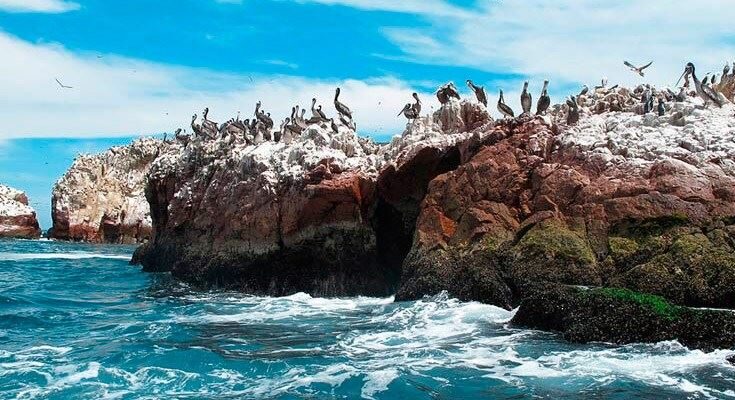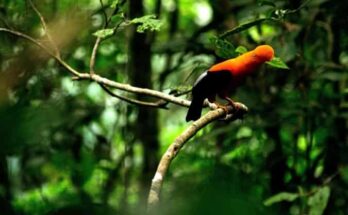The Ballestas Islands, often referred to as the “Galapagos of Peru,” are a group of small islands located off the coast of the Paracas Peninsula in southern Peru. They are renowned for their incredible biodiversity and serve as a haven for various marine and bird species. Here’s an overview of the Ballestas Islands and their significance:
Location and Geography:
- Location: Situated in the Pacific Ocean, the Ballestas Islands are part of the Paracas National Reserve, a protected area known for its marine and coastal ecosystems.
- Geography: The islands are composed of rocky formations and cliffs rising out of the sea, sculpted by erosion and weathering over thousands of years. They are home to numerous caves, arches, and rock formations, providing nesting sites and shelter for wildlife.
Wildlife:
- Birdlife: The Ballestas Islands are a paradise for birdwatchers, hosting vast colonies of seabirds. Among the species found here are Humboldt penguins, Peruvian boobies, Inca terns, pelicans, and cormorants. The islands provide important breeding grounds and feeding areas for these birds.
- Marine Life: The waters surrounding the Ballestas Islands teem with marine life, including sea lions, dolphins, and various species of fish and crustaceans. Visitors to the islands may spot South American fur seals lounging on the rocky shores or playful pods of dolphins swimming offshore.
- Flora: While the islands’ harsh coastal environment limits plant growth, hardy species such as cactus and succulents can be found clinging to the rocky cliffs and crevices.
Conservation and Tourism:
- Protection: The Ballestas Islands and the surrounding marine environment are protected as part of the Paracas National Reserve, established to preserve the area’s natural beauty and biodiversity.
- Tourism: The islands are a popular destination for eco-tourism and wildlife viewing. Visitors can take boat tours from the nearby town of Paracas to explore the islands and observe the diverse array of wildlife in their natural habitat. Local guides provide insights into the ecology and history of the region.
Environmental Challenges:
- Overfishing: Like many marine ecosystems, the waters around the Ballestas Islands are threatened by overfishing, which can deplete fish stocks and disrupt the balance of the ecosystem.
- Pollution: Pollution from coastal development, shipping, and tourism can negatively impact water quality and marine habitats, posing threats to the health of the wildlife that depends on these ecosystems.
Despite these challenges, the Ballestas Islands remain a symbol of Peru’s rich natural heritage and a testament to the importance of conservation efforts in preserving fragile ecosystems for future generations to enjoy.



